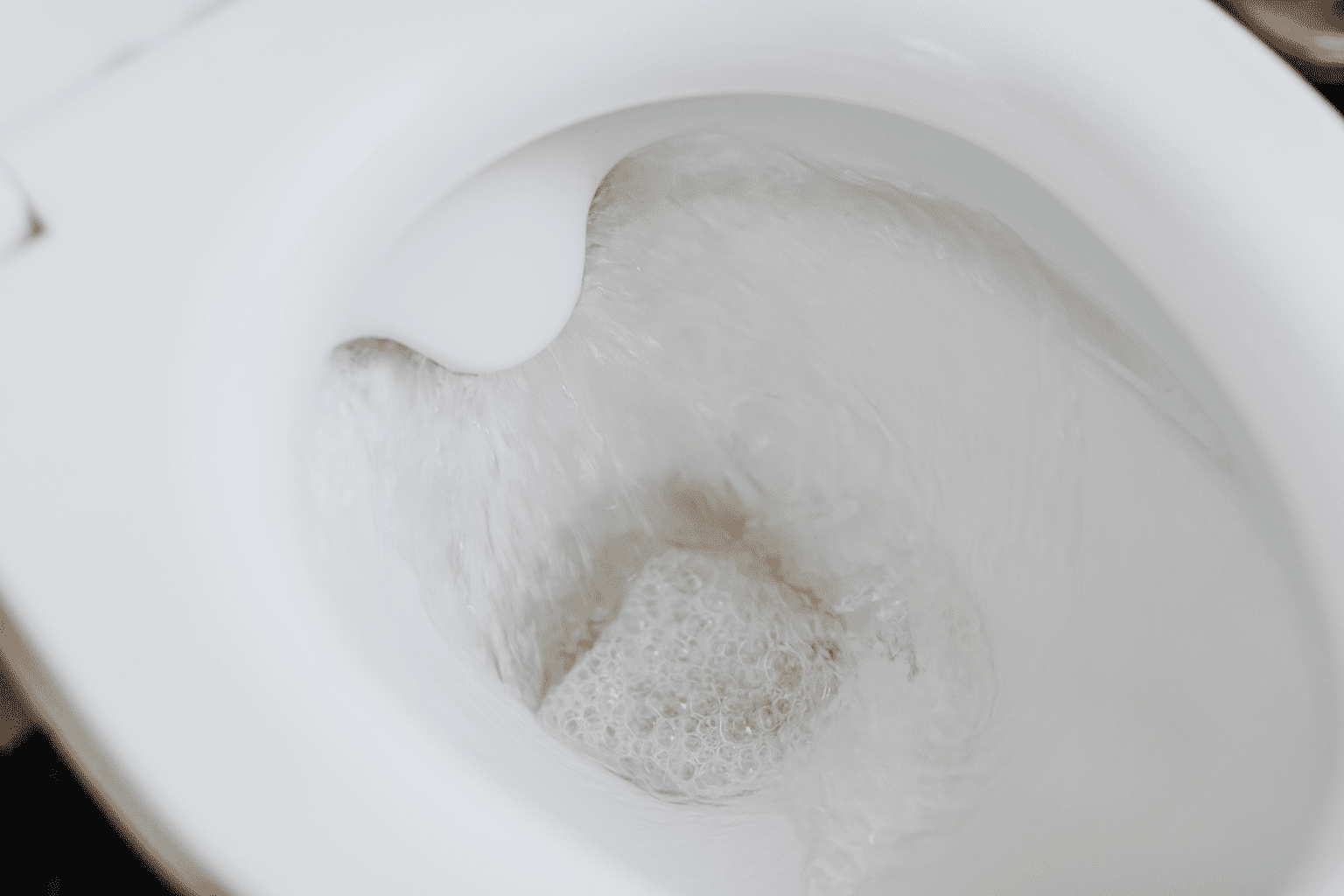
If you need to flush severally to get through, it most likely means your toilet has a weak flush. An inefficiently working toilet is annoying, uneconomical, and somewhat embarrassing. If you don’t take care of it, it’s likely to lead to bigger problems like blockages.
Luckily, most toilet repairs are relatively easy. A few procedures here and there, and you’ll have your toilet up and running in no time. Here’s the A-Z on how to fix a weak flushing toilet. Included are also maintenance tips for a long-lasting toilet.
How Does a Toilet Flush Water?
Before we get into detail about fixing a weak flushing toilet, it’s essential to explain how a toilet flushes water. There are a couple of crucial components that act together to make a flush, including:
Tank
Flush valve
Overflow tube
Handle
Flapper Valve
All of these components are connected, so if there’s a malfunction with one of them, the whole flushing system would suffer, leading to a weak flush toilet.
What Causes a Toilet to Have a Weak Flush?
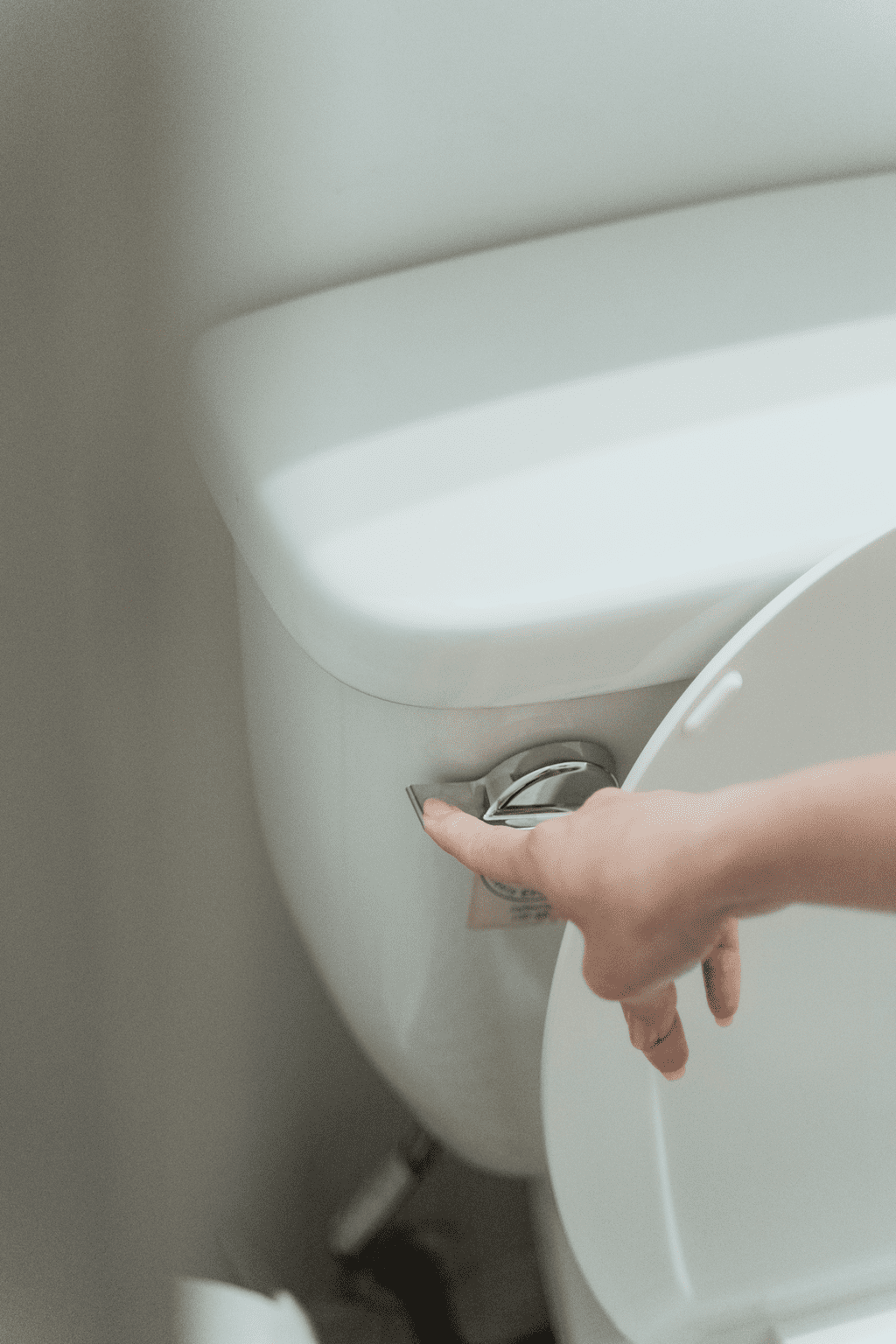
First, the causes. A number of problems can make a toilet have a weak flush. Knowing the root will help you understand and fix the problem better.
Insufficient Water Supply
The first thing you should do is check whether you have enough water to flush. Insufficient water will highly likely lead to a weak flush. Water should fill up the tank before flushing.
Unfunctional Flapper
A worn-out or unfunctional flapper is another common cause of weak flash. The flapper is the round rubber part found at the bottom of the tank that seals the opening between the tank and bowl. When you flash, the flapper will raise briefly to allow water to pass to the toilet bowl.
When the flapper wears out or gets out of position, it will no longer form a tight seal. The flushing power is lost, and the result is a weak flush.
Toilet Clog
The toilet flush is meant to carry all the waste from the bowl through the rim jet into the toilet drain. If any of these channels get clogged, your waste will be blocked, consecutively leading to a weak flush.
Problems with the Handle and Chain
Your toilet handle and chain must function well to have a good flush. With time, the handle can become loose, while the chain may unclip to be of incorrect length.
Faulty Float
The float is the round plastic ball (not to be confused with the flapper) that floats above the water level and regulates water to its fill line. When the float is set too low or damaged, the tank will not refill with enough water.
Depending on the exact issue with your float, you’ll need to either repair or replace it. However, it might be harder than a do-it-yourself fix, so you may need to call a plumber.
Clog of the Rim Jets
When flushing, the water goes through the rim jets to enter the bowl. The rim jets are small holes located around the toilet’s rim that make swirling water flow in your toilet.
The rim jet holes can get clogged by bacteria, debris, and mineral build-up, causing your flushing power to decrease and be less effective. If you notice weak flushing due to a rim jet clog, you can use a vinegar cleaning solution to clean the area, and the issue should be resolved.
10 Solutions to a Weak Flushing Toilet
Clear Sedimentary and Toilet Clogs
As mentioned earlier, sediment build-up in your rim or jet holes due to calcium and rust will result in a weak toilet. Simply remove these clogs to clear up the way for your waste. The task is quick and simple, and you don’t need a plumber.
To clear clogs in your toilet rim:
Shut off the toilet’s water supply.
Next, open the flapper to clear the toilet tank. Ensure you drain all the water.
Pour toilet cleaner or vinegar into the flapper. Wait for at least an hour, add water, and flush.
Hard water is a major reason for constant sediment build-up. To combat this, you can add water softener and ensure that you clean the tank regularly.
Unclog the Toilet Rim Jet
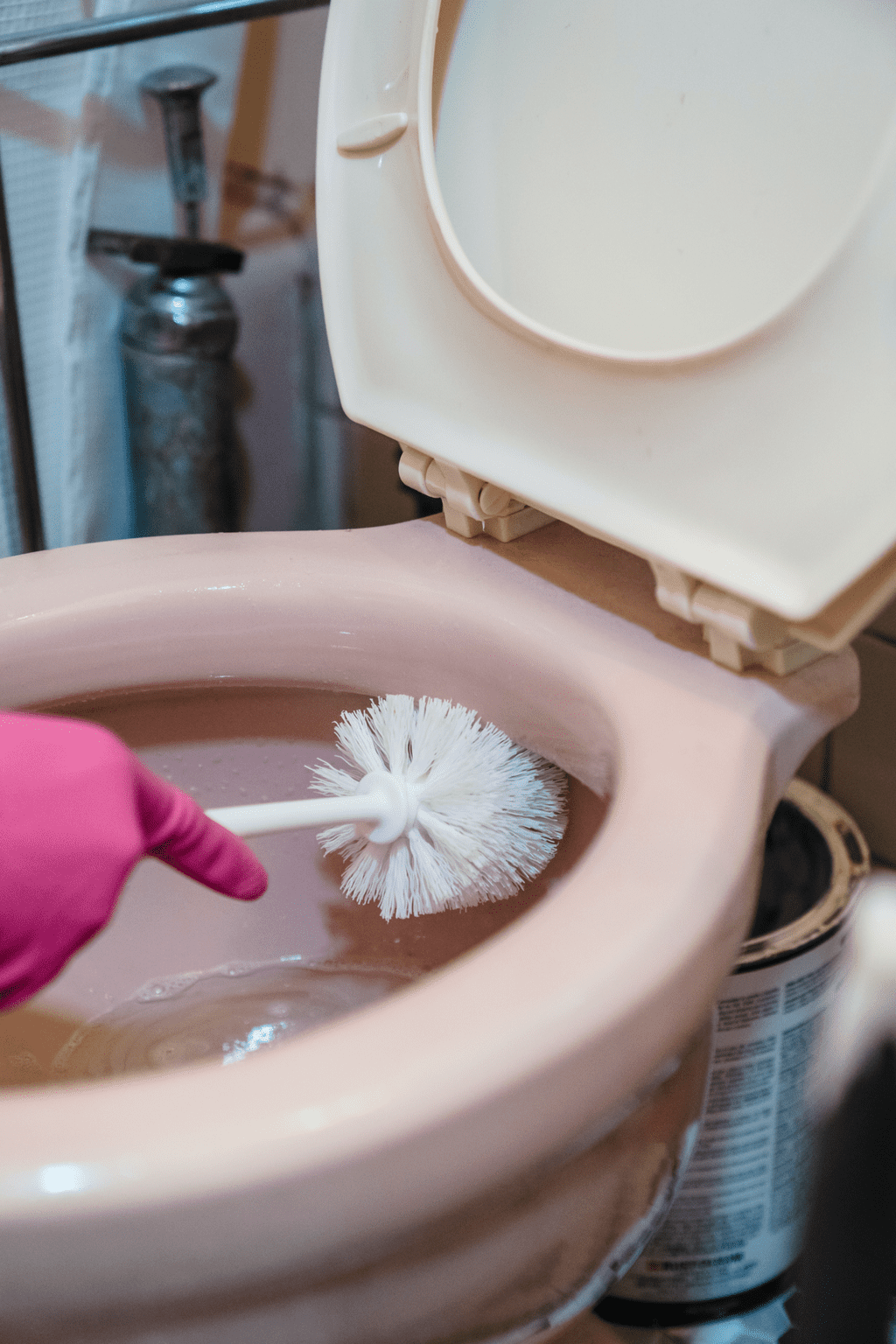
Similarly, the small holes in the rim jet may also be clogged and require proper cleaning. Use a toilet bowl cleaner and a bristle brush to scrub the rim. You can also use a mirror and a wire if you have difficulty accessing them.
After a thorough cleanse, flush the toilet and check whether the water comes out properly. You can repeat the procedure severally.
Pump Excess Debris or Toilet Paper
Just like debris, using too much toilet paper can block your toilet. Some toilet papers are thick (2-ply) and don’t dissolve easily. Instead, they leave behind a gummy and sticky residue. Such a situation makes it difficult to flush through the plumbing system.
Use a plunger to eliminate excess paper or debris in your bowl. Place it over the drain and pump down severally. Flush your toilet to test if it works. If it doesn’t, then the problem is more likely down the ser line with issues like corroded surfaces, misalignments, and cracks. For this, call your plumber.
If excess toilet paper is the reason behind your weak flush, turn to thinner (1-ply) papers. These are easier to flush.
Use More Water
It’s understandable and even advisable that you save on money and water by regulating the water level in your tank. But if by doing so, you get a weak flush, then it may be time to reconsider your options.
A low water level in your bowl will result in a weak flush. If you are using an object to displace the water supply, try using a smaller one or remove the object entirely. You can also adjust the height of your float to dispense more water. Almost all tanks have an adjustment screw for this purpose.
Another alternative is to pour water into the tank manually. Fill the tank up to about half an inch below the top. This should give it adequate water for a proper flush. More water means more power.
Adjust the Float
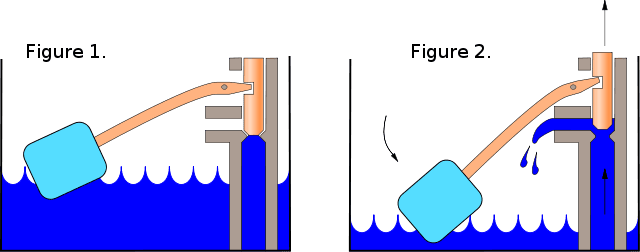
The float regulates water flow in the tank. Flush your toilet and check how high the float will get. It should stop above the refill line. If it doesn’t, it means it’s not filling properly. Adjust the float to allow sufficient water to fill the tank.
An ideal height is about half an inch below the overflow pipe. This should help you flush properly.
Fix the Flapper
If you have to hold your toilet handle for a long to get a good flush, then your flapper has too much slack. Pushing down the handle opens up the flapper and allows water into the tank. If the chain is short or low, the flapper will close before enough water is flushed.
To fix this, use a wire cutter to cut off the flapper chain. And if it has a clip, latch the slack to a different link. The goal is to allow the flapper to remain open for longer and allow enough water to flush.
Fix a Damaged Fill Valve
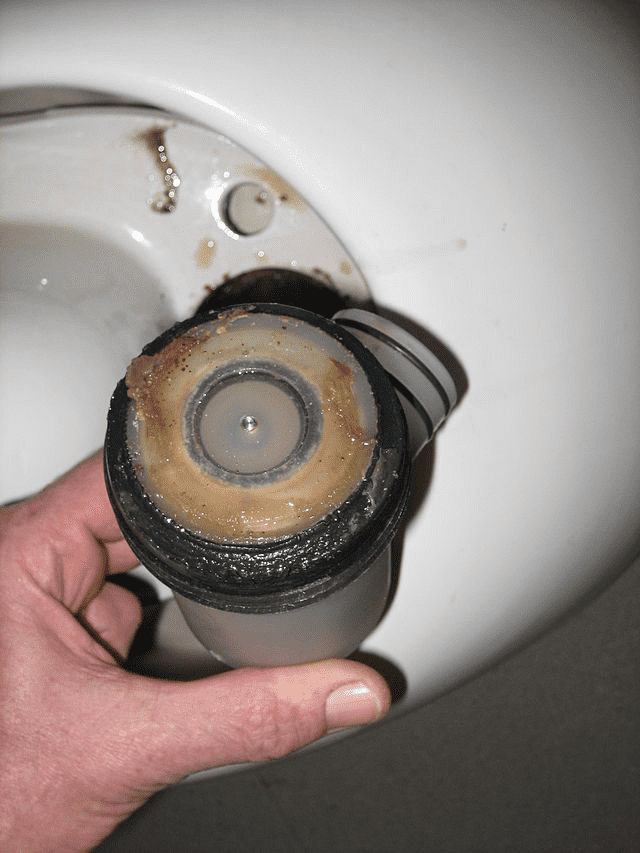
The water or fill valve refills the tank after flushing. Water will continue running even after flushing if it wears out or gets damaged. Replace your old valve with a new one to fix the problem.
Follow these steps:
Get rid of all the water in your tank.
Disconnect the valve and water hose. There is a nut that connects the two. Unscrew it.
Pull the valve from its base and remove it. Replace it with the new one.
Reconnect the hose to the valve by screwing the nut.
Connect your water supply and try flushing.
You are good to go.
Change the Venting System
Your toilet needs a vent system to function properly. The toilet’s venting system allows for the release of pressure and also allows water to move through the pipes. A weak flush may mean that there is a problem with your ventilation system.
Unfortunately, a venting system isn’t something that you can fix yourself. You need to call in a plumber. They will use specialized equipment to inspect the pipe and check for blockages. They can then flush it out or break it up.
Old Toilet
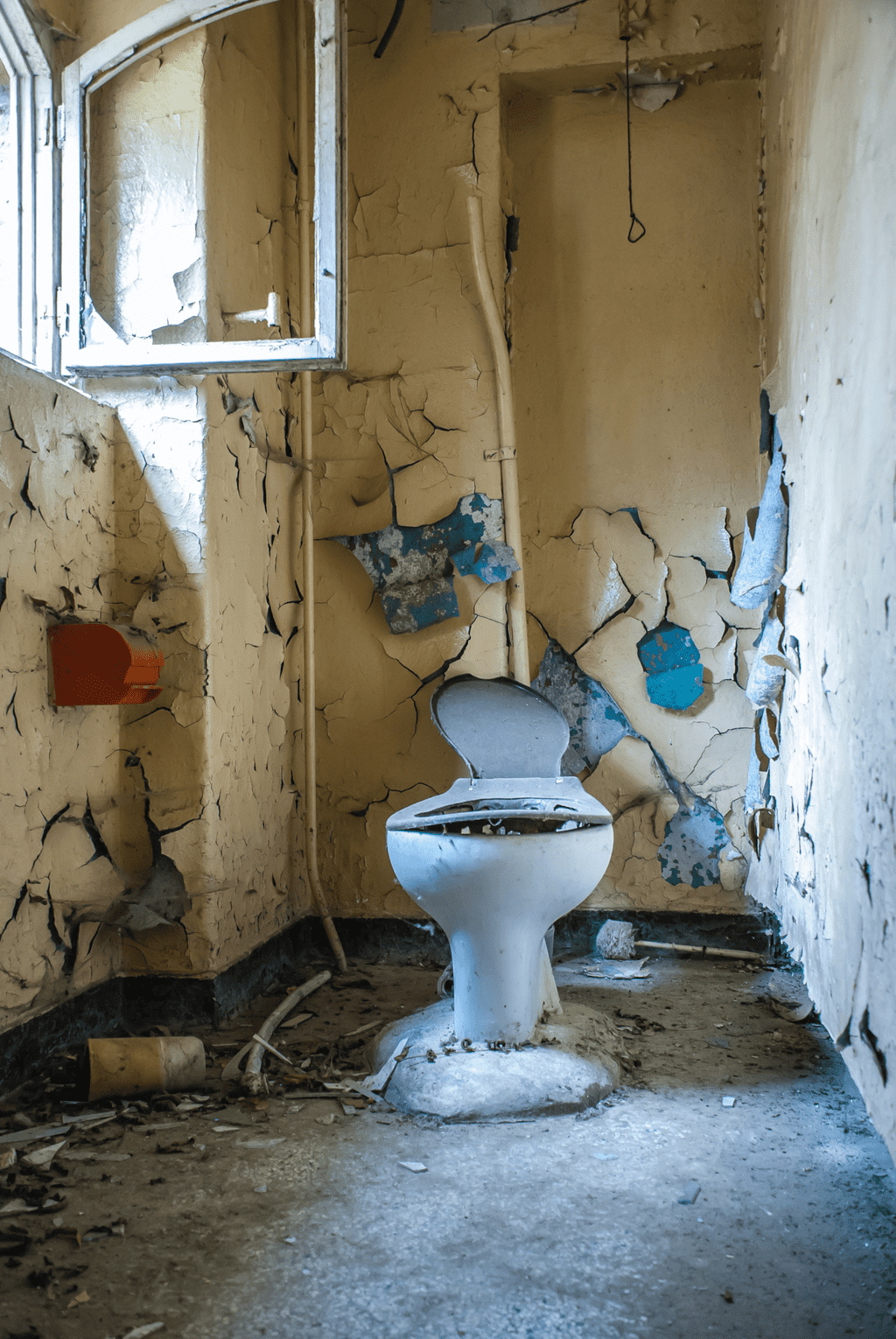
You know your toilet is old when most parts are worn out or corroded. Such a toilet has lost its “juice” and needs to be replaced. Upgrade your toilet with a more efficient and modern one. Standard toilet models cost anywhere between $100 to $500.
Call a Plumber
And if nothing seems to work, it’s time to let the professionals take over. You are better off calling a plumber than making things worse. At times, the problem is more technical than it seems. A plumber will inspect the problem and take the best course of action. They’ll also advise accordingly.
Maintaining Your Toilet to Avoid a Weak Flush
While repairing your toilet is simple, maintaining it all together is way better. It will save you the time, hassle, and even money incurred during a repair. Here are a few maintenance tips for a long-lasting and well-functioning toilet.
Clean your toilet regularly. This is the best way to ensure that your toilet serves you the longest. Don’t forget to unclog the flush holes found around the rim. These are among the common causes of a weak toilet flush.
Use a water softener if your home water is hard. Hard water causes sedimentary build-up around the flapper and rim.
Inspect the condition of your toilet frequently.
Always replace worn-out parts. These include the handle, chain, float, or flapper.
Ensure that there’s enough water in your toilet tank. Remember that an adequate water level is crucial when flushing your toilet, as a low water level can disable proper function.
Frequently Asked Questions
How Can I Make my Toilet Flush Stronger?
If your toilet flush is weak, add more water to increase the power. Adjust the float to regulate the water level. You can also check for sedimentary clogs and clean them out. If the problem is with the venting system, call the plumber to fix things.
How To Fix a Toilet That Double Flushes When You Press the Handle?
If your toilet flushes double when you press the flush handle, the issue is likely in your toilet flapper. When it stays open for too long, it’ll flush more water than usual, flushing twice.
The resolution for this issue depends on the type of your flapper valve. People who have adjustable flappers can simply adjust them to close faster.
However, if you don’t have an adjustable flapper valve, your current one is probably installed incorrectly. In that case, you should reach out to a plumber to investigate the issue and figure out your next step.
Conclusion
Hopefully, these steps have helped you fix your slow-flushing toilet. The secret is to inspect where the problem might be and fix it. You can also follow the trial and error technique and see what works for you. Is there any solution or tip that we may have left out? Feel free to reach out.
